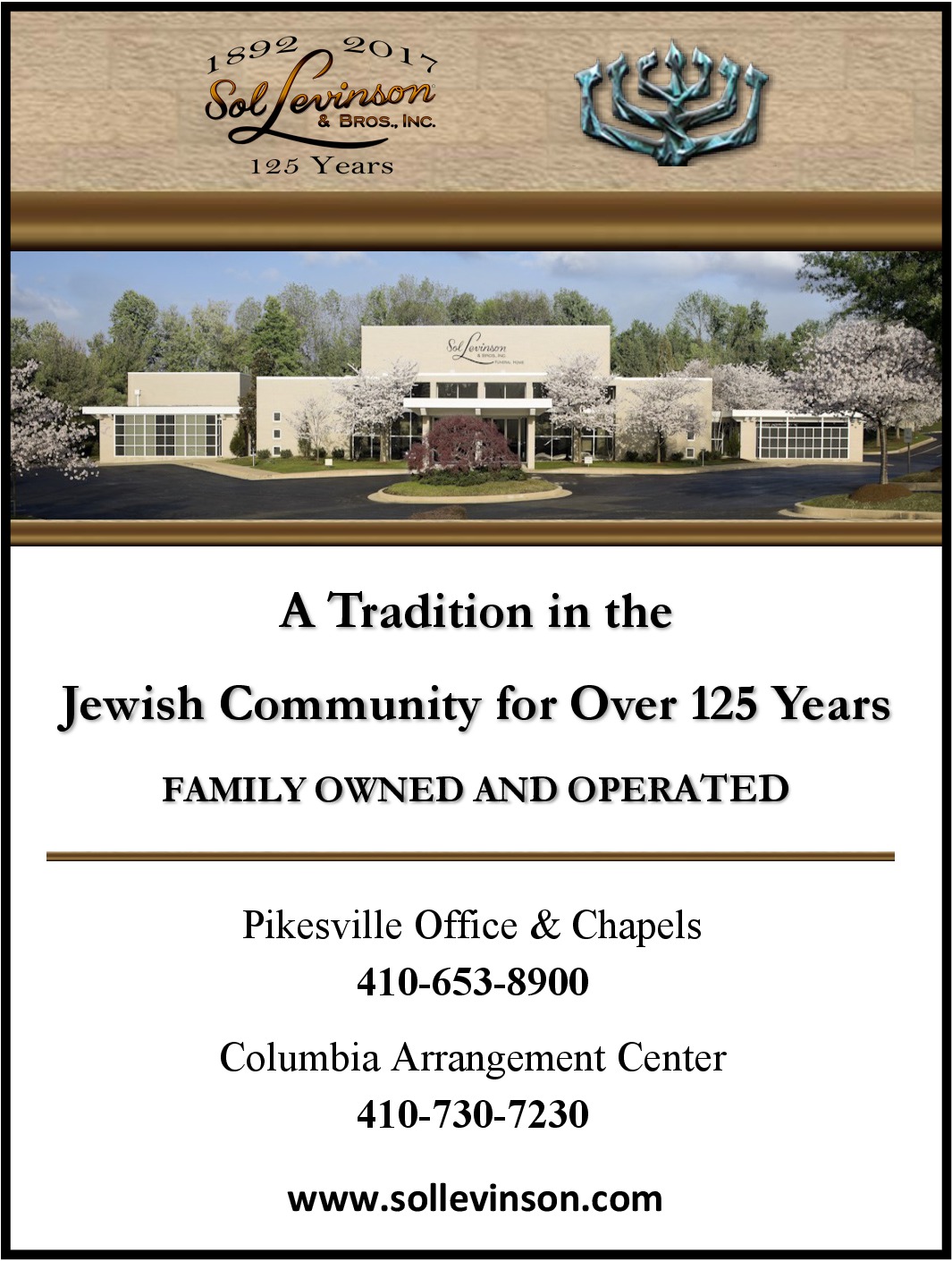When I was young, I had, as most people do, experienced various types of shuls and rabbonim. There were the older, European rabbonim, whom I respected but could not identify with; they did not represent something that I would consider doing. The rabbis I met who were clearly American did not attract me for the exact opposite reason. I did not see their role as teaching Torah. Often, the role of rabbi involved all sorts of halachic compromises that to me were completely unacceptable. And these rabbis appeared to me to be more social workers than rabbonim. I was looking for a rav to be a rav who would be a teacher of adults and a role model for his congregants. Although it would seem that this is the obvious role of a rav, at the time, the American scene of rabbonim and shuls did not have many young rabbonim whom I felt were worthy of the title, nor were the congregations interested in hiring this type of rav.
Rabbi Yehuda Kelemer is best known for the decades he was the rav
of the Young Israel of West Hempstead. I had met him earlier, in his prior
position, when he was the rav of the Young Israel of Brookline, MA. At
the time, I was a student at Ner Yisrael
and thinking about what I wanted to do for klal Yisrael. I knew that I
wanted to be involved in harbatzas Torah in some form. Chinuch (teaching)
at some level was certainly an option, but I had been very successful working
with adults in many various capacities – giving shiurim at various
levels, having an open house for people to enjoy, etc. I had done considerable
work in kiruv rechokim (outreach) and also in developing programs for
adults who were latecomers to the beauties and wonders inherent in the study of
Torah.
In today’s world, the natural professional trajectory for me to have
assumed would be to take a position as a kiruv rabbi or, alternatively,
to join an “out-of-town” kollel.
At the time I started my search, however, neither of these professions existed.
To me, the only obvious direction left, where I would be teaching and
influencing adults, was rabbonus, being a shul rav. Yet I had no
role model to emulate with whom I could identify. I could not see myself in the
capacity of the older rabbonim I met, and I was not about to emulate the
younger rabbis I met.
It was at this junction that I met Rabbi Kelemer. To say that he was an
extremely articulate speaker is a vast understatement. The purpose of his drashos
and shiurim were to educate Hashem’s children about His Torah and to
influence them to greater commitment. But his approach was extremely low key.
He was the opposite of an emotional, fire-and-brimstone speaker. He was
factual, intellectual, and analytic. He presented a high-level lecture from the
pulpit. It was enjoyable to hear him. His points were clear and well researched
and presented.
He was a first rate talmid chacham, posek, and advisor and, at
the same time, had an incredibly humble demeanor. I doubt that most of his
congregants had any inkling as to his greatness as a talmid chacham, nor
did they necessarily understand or appreciate what that meant. He did not wear
any trappings of the traditional rabbinic dress – he wore the standard fedora
and dark suit and tie.
His shul members were impressed by his menschlichkeit, his
demeanor, and his humility. He accepted people for who they were, and although
he and his family’s lifestyle and halachic
observance level were clearly at a much higher level than that of his
membership, he never talked down to them or looked down at them. He was the
quintessential mekadeish Hashem in his actions and personality.
This was a light bulb for me. I could identify with Rav Kelemer as a
person; he was American and relatively young. At the same time, he was a talmid
chacham of note, and he was not going to compromise or be influenced by the
kavod that his position engendered. He remained a ben Torah, yet this
did not conflict with his role in the community or his interactions with his
membership. He represented a role in rabbanus with which I could
identify. This opened new vistas for me – I saw that this possibility existed.
Many years later, I had the occasion to be in his kehillah in
West Hempstead for several days. There was a regularly scheduled shiur
that Rabbi Kelemer was to give, which I was told was intended for those with an
advanced yeshiva background. I attended the shiur, as much out of
curiosity as anything else. I had always known that he was a talmid chacham,
but the shiur astounded me by its depth. I was amazed by his ability to
explain very deep and complex concepts in such a clear way and by the fact that
he had attracted an audience of his shul members to this type of a shiur.
This is one aspect of what a rav is supposed to be – he raises his
community to new heights – in their commitment, in their knowledge, and in
their aspirations. Yehei zichro baruch.






